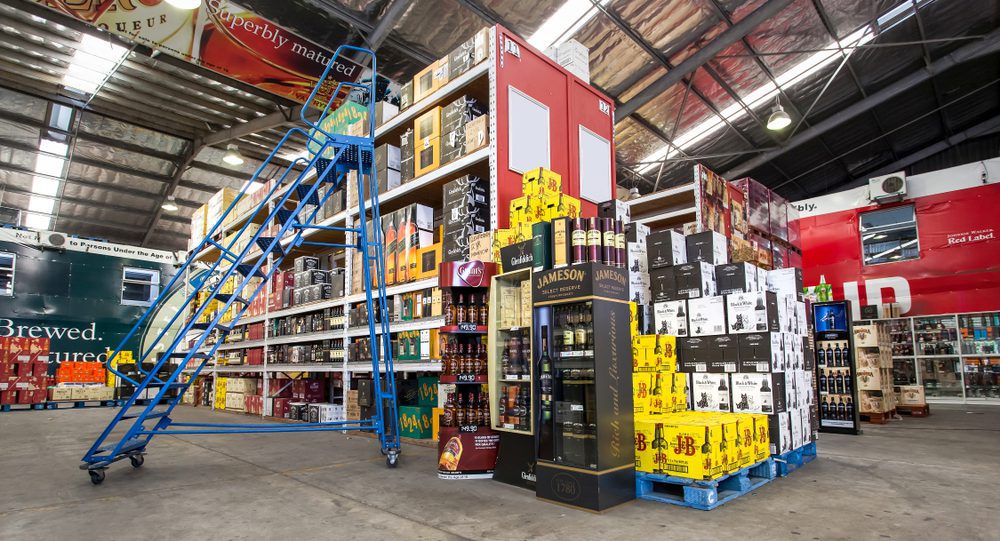Alcohol Brands Mull D2C Conversion to Regain Control of Customer Data

As alcohol brands expand their presence on third-party marketplaces such as Drizly, many are coming up against the issues that restaurants have been facing with aggregators since early in the pandemic — a lack of access to their eCommerce sales figures that keeps them from being able to make informed business decisions.
In an interview with PYMNTS, Jon Dunnington, chief operating officer of OVO Vodka, explained that the company has no access to information about how its products perform on the Uber-owned beer, wine and spirits delivery marketplace.
“All we can really see is which of our vendors use the platform, and then we can update our own platform through Drizly,” Dunnington said, “but we can’t access sales figures and things like that. That’s something that only the store is able to see.”
These issues of control are compounded for newer alcoholic beverage companies, ones without the resources to invest in costly marketing solutions, by the fact that the delivery marketplace will share sales information with brands, but only if they pay. The Uber subsidiary launched its Drizly Ads suite of products last month.
Noting the need for first-party insight into consumers’ buying habits, OVO is preparing to launch its own direct-to-consumer (D2C) eCommerce shop early next year. The goal is to address the data-gathering challenges inherent not only to the delivery aggregator model but also the company’s traditional channels, selling to bars and retailers, in all of which cases the third-party seller retains all the information about the transaction.
With this eCommerce launch, the company aims to get “more control over our consumers,” which will in turn enable the three-year-old brand to “learn new trends and get direct feedback,” informing its strategy going forward.
Granted, selling D2C comes with its own challenges. Dunnington noted that it costs, on average, “about $19” to ship just one bottle, which would cost $26 in a store, making it “very difficult to compete.” On the other hand, making this option available expands the company’s reach from just a handful of states to up to 45.
Data transparency issues on third-party delivery aggregators are no new phenomenon. These are the challenges that restaurants and grocers have been coming up against for years, exacerbated by the early stages of the pandemic. This pain point has been a large part of the motivation behind merchants building out their own direct ordering sites and have been at the center of multiple legislative efforts.
However, online delivery marketplaces are somewhat newer for alcohol brands, with logistical issues around legal compliance with matters such as age verification having hampered the growth of the category. Yet, in recent years, there has been significant growth in the space.
DoorDash announced the addition of alcoholic beverages to its marketplace about a year ago. Shortly after, Instacart announced that it was making same-day alcoholic beverage delivery available to three-quarters of American households in partnership with supermarket chain Meijer.
Alcohol eCommerce channels, both first- and third-party, continue to benefit from habit changes that occurred during the pandemic. A PYMNTS survey of more than 3,200 U.S. adults from the first quarter of 2021 found 70% of consumers who had begun ordering more often from same-day alcohol delivery services such as Drizly reported that they intend to maintain some or all of their increased ordering. Plus, 80% of those buying alcohol online to have it delivered at a later data said the same.
